Why Do LED Lights Need a Driver?
LED drivers, or LED power supplies, provide LED lamps with the power they need to make the LED lamp beads work and performance in the best state, just like the ballasts of fluorescent lamps and the transformers of low-voltage bulbs. Unlike most light bulbs that work under high-voltage alternating current, LEDs work under low-voltage direct current. Therefore, the LED needs a driver to convert alternating current to direct current and keep the voltage in the LED circuit at the rated level required by the LED.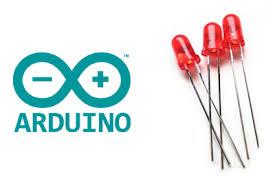
Those LED lamps designed to replace household lamps already contain a driver internally and do not require an external driver. The LEDs that usually require external drive include strip lights, highbay lighting, LED panels, and some landscape lighting.
Check your lamp or fixture to see if it has an internal driver. In general, LED lamps include drivers as part of the assembly, or the specification will specify the type of driver you need to purchase. You can also buy a replacement drive.
When the lamp looks unstable, it indicates that its rated life is about to expire. When the LED fixture or LED tube fails prematurely, it is often a problem with the power supply. Even if there is no visual indication that the drive fails, replacing the LED driver can save you trouble and cost, without the need to replace the LED lamp. However, if the LED lamp has a built-in driver, it cannot be replaced. So if your LED is broken, you have to buy a new one.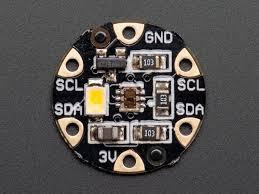
The Sign Your LED Needs to Replace the Driver
Since the life of the LED driver is usually shorter than the LED array or fixture it is paired with, you should check the power supply for signs of failure before replacing the lamp.
Under normal circumstances, a failed LED light will only stop transmitting power. But a failed driver may just not regulate the power supply the way it should. The two main signs of drivers are speeding and insufficient driving speed. Speeding means driving more energy sent through LEDs than they can handle. This can cause the LED array to overheat or fail prematurely. Insufficient driving speed is just the opposite. The driver sends less power to the LED lamp, resulting in a decrease in light quality and output. If the ambient temperature exceeds the maximum operating temperature of the driver, the efficiency of the LED driver will be greatly thermally damaged.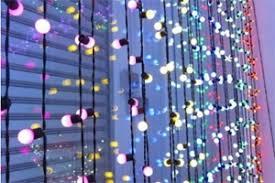
LED Driver Type
There are two main types of LED power supplies: constant current drive and constant voltage drive. Each type is designed to operate LEDs with different electrical requirements. If you want to replace the driver, make sure that the input and output requirements of the old driver are as close as possible.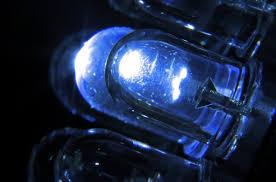
Constant current LED driver
Engineers have designed the constant current driver for LED lights. It requires a fixed output current and a rated range of output voltage. This type of driver will have a specified output current marked within the ampere and voltage range, and will be adapted according to different power levels of the LED. Using a higher amperage rate will make the LED brighter, but it will eventually overdrive the LED, resulting in shortened lifespan and premature failure. Since constant current drives maintain consistent brightness, customers often use them in signs, backlights and commercial LED displays.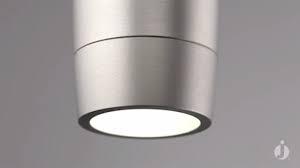
Constant voltage LED driver
On the other hand, engineers have designed the constant current power supply for LEDs that require a fixed output voltage and maximum output current. LED lights working with constant voltage drivers need a consistent output voltage, usually 12V DC or 24V DC.
This type of driver receives a standard voltage, approximately 120-277 volts alternating current voltage (VAC), and the driver converts it to a low direct current voltage (VDC). These drives will maintain a constant voltage as long as the current stays below their maximum ampere rating. Constant voltage applications include cabinet lights, stair lights, bar lights, and rope lights.
Our selection of LED drivers also includes AC LED drivers designed for LEDs that require AC voltage input, programmable LED drivers, dimmable LED drivers, and drivers approved for outdoor use. When choosing a suitable LED driver for your application, please verify whether it is working under constant current or constant voltage to avoid damage to the LED.
How to Use LED Driver
LED is a current-driven device, and its brightness is proportional to the forward current. Although there are constant voltage source driving and constant current source driving for LED driving, the constant current source driving is better than the constant voltage source driving. Because the constant current source driving method can eliminate the current change caused by the forward voltage change, the brightness of the LED will be constant.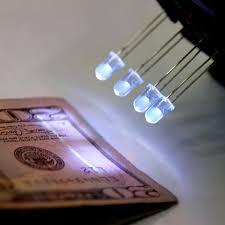
LED drivers on the market now include low-current LED drivers, higher voltage drop LED drivers, and AC-to-DC LED drivers.
Low-current LED drivers are more commonly used in consumer electronic products. Generally, batteries are used to provide power, so the voltage is low. The LED driver with higher voltage and decompression uses a battery to provide power. And this is more used in automobile lighting. AC-to-DC LED drivers are often used in household lighting and architectural decorative lighting. Its main function is to transform the AC voltage into a constant current power supply. And at the same time complete the matching with the LED voltage and current.
Therefore, how to use the LED driver? It depends on the type of LED driver, because different applications LED drivers are completely different. 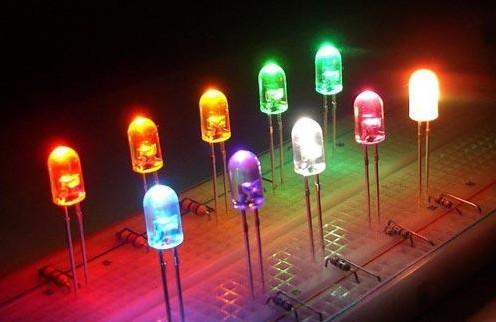
Points to note when using LED drivers
When purchasing, pay attention to the output voltage, current, and power. For the output voltage, it can be applied within its range. If it exceeds the load range, the LED light source will flash. For the current, the low current LED brightness is dark, the high current LED will burn out.
The characteristics of the LED driver, constant current source drive, high efficiency, and overvoltage protection. If you want LED lights to have the advantages of high reliability, energy saving, environmental protection, and long service life, then the LED driver must have the characteristics of load disconnection, miniaturization, convenience and ease of use, high reliability, and long life.
Distinguish the wiring terminals when in use. Usually, the wiring information will be marked in detail. Locate the input terminal and output terminal, connect the input terminal to AC110V~277V. And then connect the output terminal to the load.



